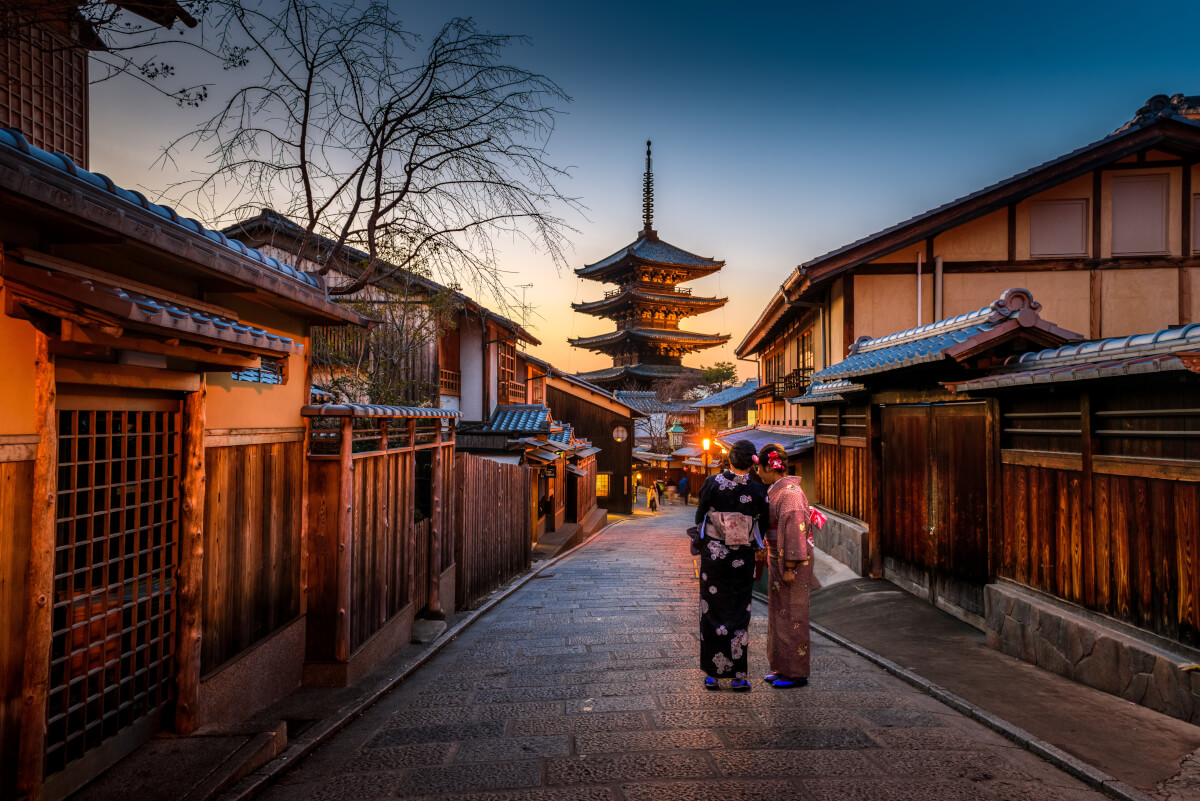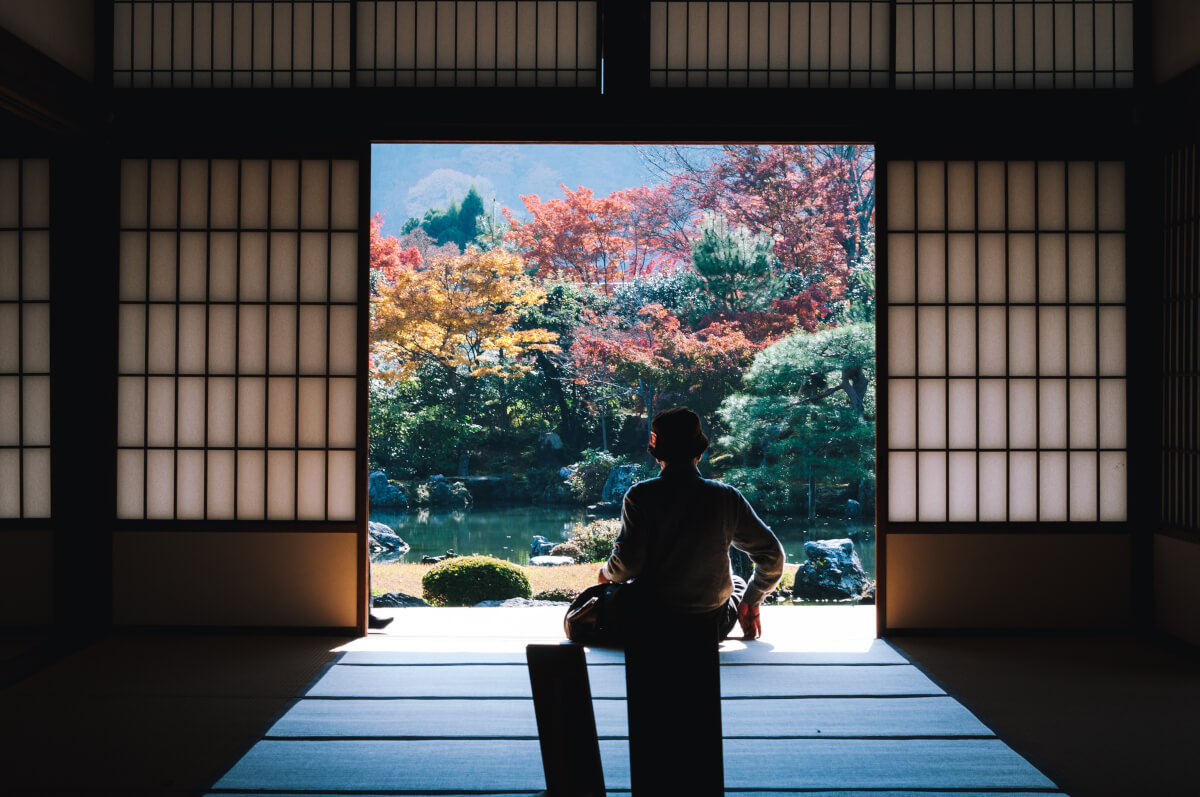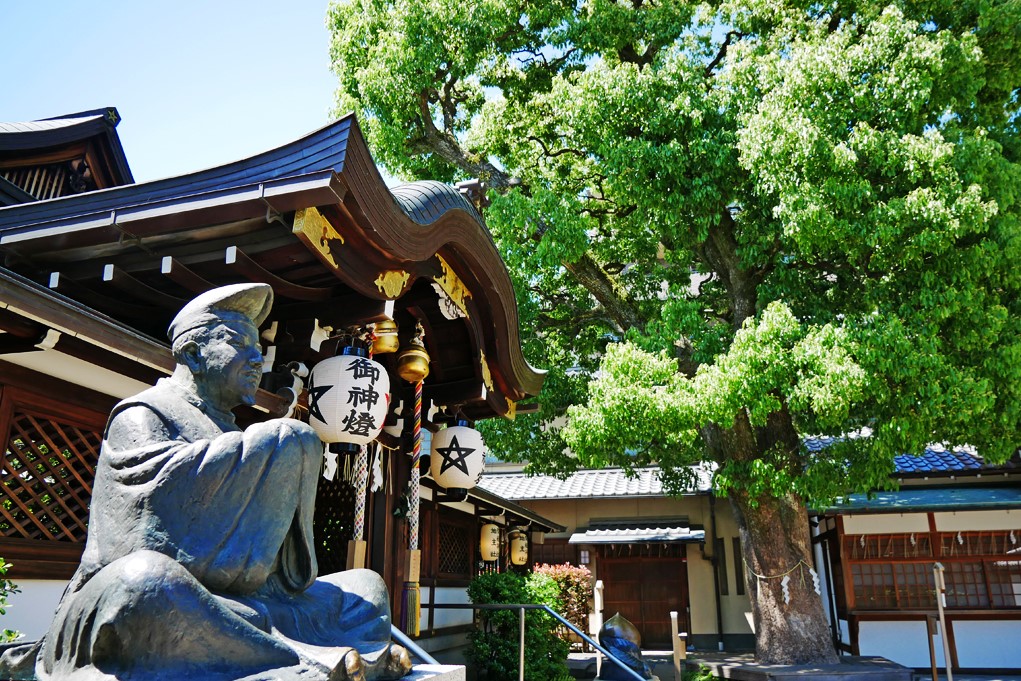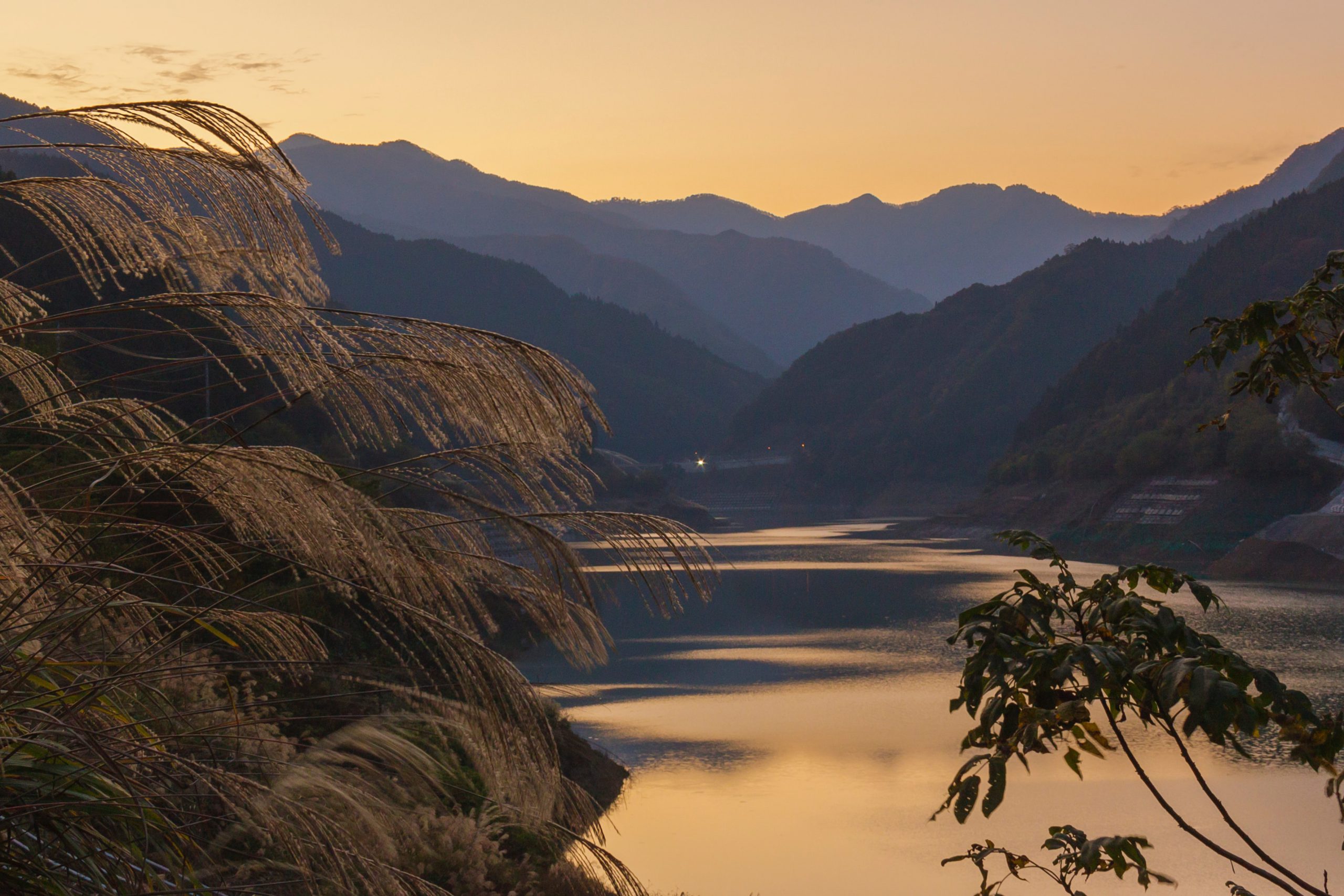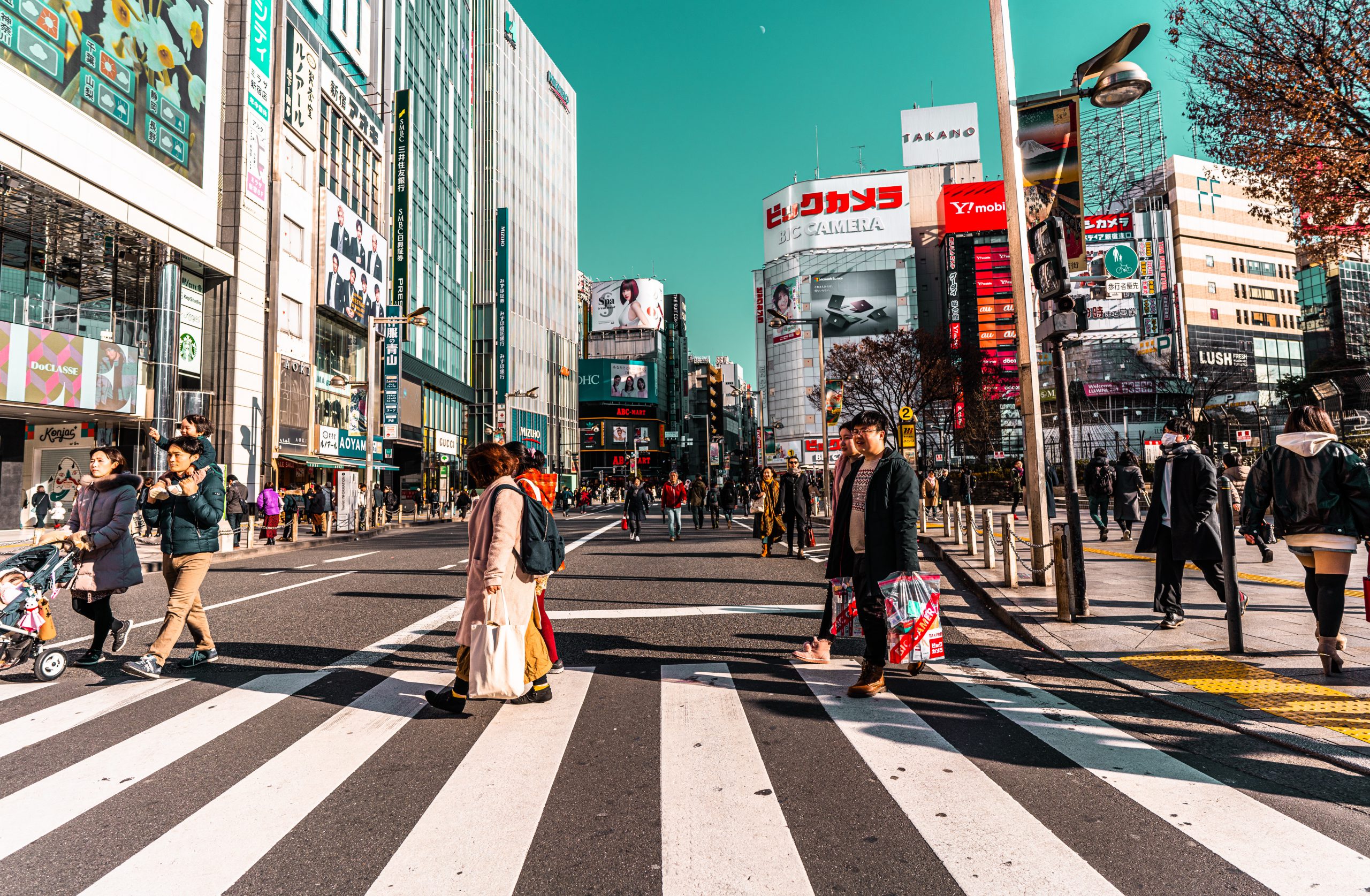Kyoto is widely known as the ancient capital of Japan which boasts a number of beautiful shrines and temples. It attracts an increasing number of visitors from around the world with the unique atmosphere and scenic townscape which are totally different from other big cities such as Tokyo and Osaka. While it fascinates visitors with popular tourist attractions, there are some places that have mysterious (sometimes a little scary) stories which are not well known even among Japanese people. Let’s discover deeper sides of Kyoto with this list of 10 mysterious spots in Kyoto!
1. Crying stone (Yasaka Shrine)
Yasaka Shrine is one of the most famous historical spots in Kyoto. Located in the Higashiyama district along with other popular tourist attractions such as Kiyomizu-dera temple. It is also widely known for the annual summer festival called Gion Festival, which has a long history dating back in the 9th century.
At this popular tourist spot, you can find “Crying Stone”, which is situated under a peaceful tree on the shrine ground. There is a humor that the stone starts crying at night. It is counted as one of the seven mysteries at the shrine that have been told from one generation to another over centuries. You can find similar stories about crying stones everywhere across Japan. The reason why there are stories like this remains a mystery.

Opening hours
24h
Admission Free admission
2. Minatoya Yurei Kosodateame Honpo(The child rearing ghost)
“Minatoya Yurei Kosodateame Honpo”―It is known as the oldest candy shop in Japan which has a long history of over 500 years. It takes about 15 minutes to get there from Kiyomizu-dera temple. There is a mysterious story about the shop which has been passed down over centuries.
One night, when the owner of the shop was about to close the shop, a pale woman came to the shop and asked him to sell candy for her. He gave her a candy, and the same thing continued for the next 6 days.
7 days later, when he was counting the sales, he realized that one of the coins in the cashier turned into a leaf which was usually placed at graves. It made him suspect that the woman might be the one who gave him the fake money. She came again that night, and he decided to follow her, finding out that she suddenly disappeared into one of the graves at the cemetery. All of sudden, he heard a baby crying under the ground. He dug up the ground and took out the baby from the coffin where he also found the body of the woman who had already passed away. She gave birth to the baby after her death, and was trying to rear the baby by buying the candy with the money made from leaves.
They still sell the original candy that appears in the story. The simple taste is loved by locals. Make sure to visit their shop early as the candy can sell out quickly!
Opening hours
10am – 4pm
3. Yasui Konpiragu(End bad relationships)
Another mysterious spot in the Higashiyama district is Yasui Konpiragu. It is widely recognized as a spiritual spot which helps people to end bad relationships and start good ones. As you enter the temple ground, you will find a number of “Ema” (絵馬), a wooden plaque on which people write down their wishes which are mainly about their worries or hopes for relationships. “Enkiri Enmusubi-ishi” refers to an iconic stone which is covered with paper amulets left by visitors. It is said that you can put an end to bad relationships by passing through the hole in the stone with an amulet.
Here is how to do; (1) Pray at the main shrine (2) Write your wish on the amulet (3) Pass through the hole back and forth with holding the amulet (4) Put the paper amulet on the stone

Opening hours
24h
Admission Free admission
4. Yokai Street
There is an exciting spot where you can enjoy shopping while having a unique experience. “Yokai Street” refers to a shopping arcade stretching about 400 meters along Ichijo-dori Street in the northern part of Kyoto city. “Yokai” (妖怪) means monsters and ghosts that appear in old Japanese folktales. This shopping arcade features numerous types of monster dolls that can be found here and there along the narrow, but lively street. According to old legendary stories written back in the Muromachi period (1336-1573), hundreds of monsters marched through the street all night long. It is called “Hyakki Yako”(百鬼夜行), which can be translated “a night parade of one hundred demons” in English.
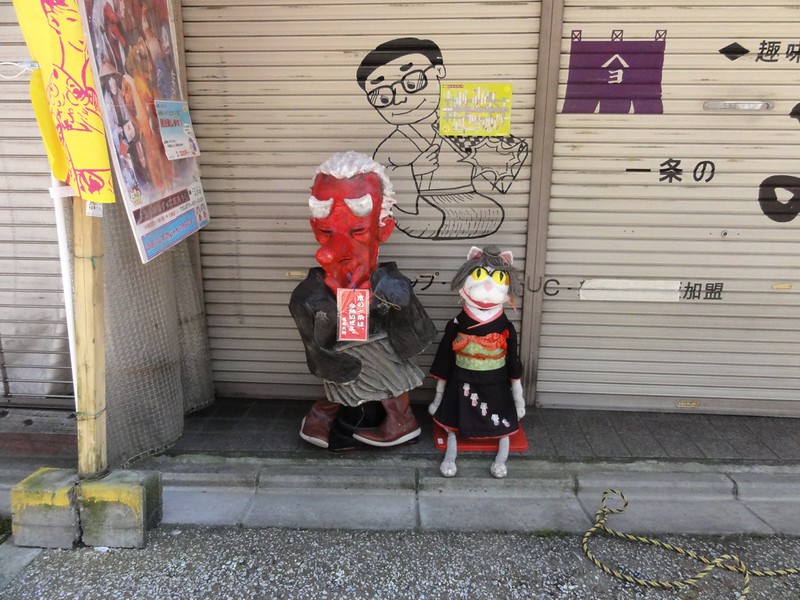
5. Otowa Waterfall
Otowa Waterfall refers to three mysterious waterfalls that can be found at Kiyomizu-dera Temple, one of the most popular tourist attractions in Kyoto. The pure water comes from Mt.Otowa, where the historical temple has been nestled for over 1,200 years. The name of the temple, “Kiyomizu” literally means “clean water”, also represents the purity of the water. They flow through an artificial stone structure which resembles a temple. Each waterfall has a unique meaning associated with good fortune such as academic achievement, romantic relationship and longevity. It is believed that you will be blessed with these benefits by drinking the water. You can try the water on site, or bring an empty bottle to fill it up with the clean water and enjoy it at home like a local!
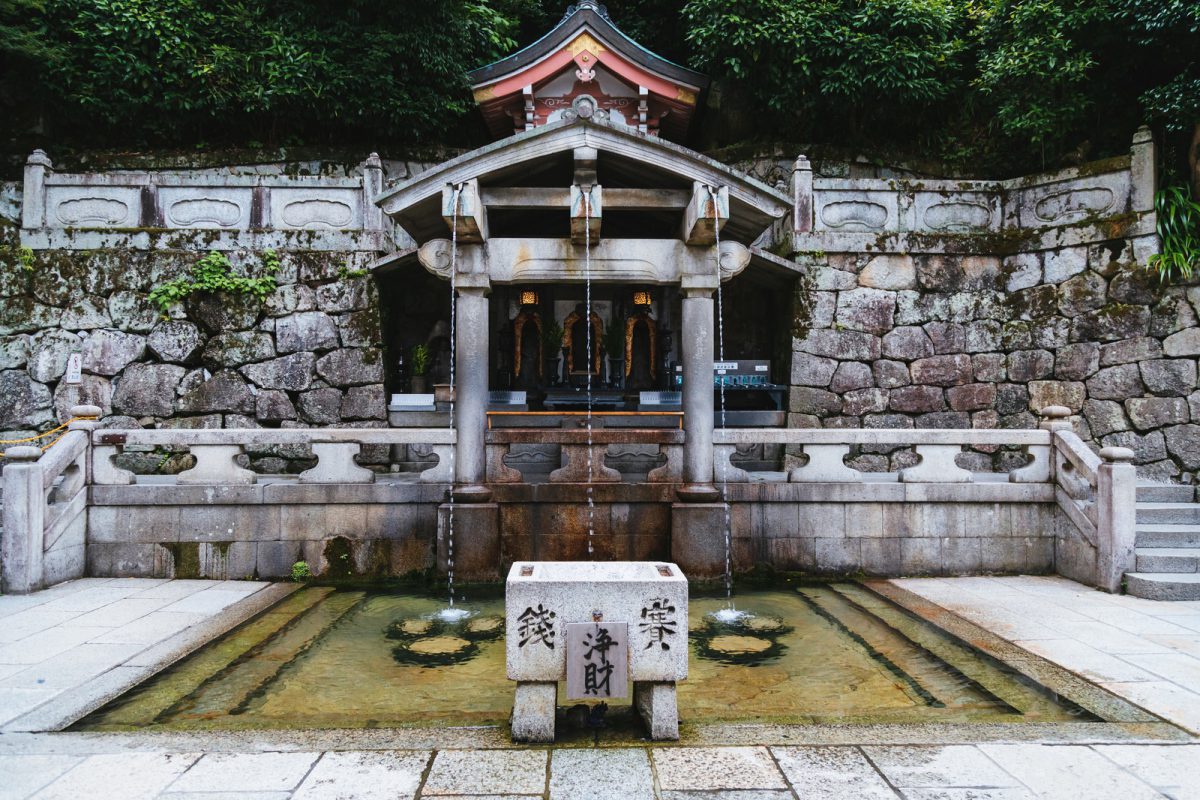
6. Rokudo Chinno-ji(The entrance of afterlife)
Rokudo Chinno-ji is a peaceful temple which belongs to the Rinzai school in Japanese Buddhism. Since its establishment in the 9th century, it has been visited by many people who believe the religious legend which is strongly associated with the name of the temple.
“Rokudo” (六道) refers to the six realms that are believed to exist apart from the real world. In Buddhism, they are considered as an afterworld where we are supposed to be reborn after death. Since the temple was located close to a cemetery which was once a big one in Kyoto, people back in the old days regarded it as the entrance of the afterlife.

Opening hours
9am – 4pm
Admission Free admission
7. Seimei Shrine
Seimei Shrine is a sacred shrine which is dedicated to Abe no Seimei (安倍晴明), a famous Onmyoji diviner during the Heian period (794-1185). He served the imperial court as well as other authorities with the expansive knowledge of a range of fields such as math, science, and astronomy. After his death, the original temple was established at the site of his private residence in accordance with the order by the emperor Ichijo in 1007. It is visited by numerous people all year round as a famous spiritual spot.
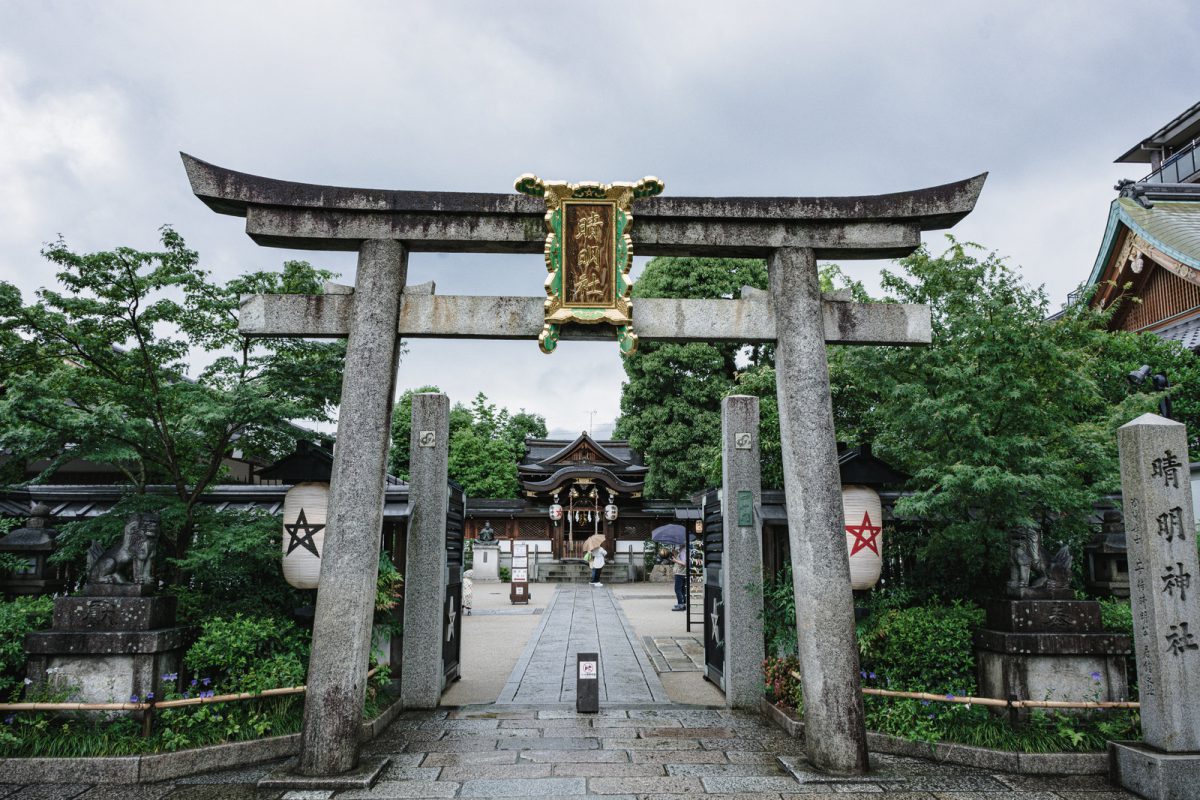
Opening hours
9am – 4:30pm
Admission Free admission
8. Blood Ceiling Temples (Genko-an, Hosenin, Yogenin)
As the ancient capital of Japan, Kyoto has seen a number of tragic civil wars and battles that were set in this beautiful city for over centuries. While it now attracts and fascinates numerous visitors with incredible temples and shrines, it is also home to some temples called “Blood Ceiling Temples”. It includes the following temples: Genko-an (源光庵), Hosenin (宝泉院)and Yogenin (養源院).
This horrible name originates from the fact that they have ceilings with blood marks back in the Sengoku period, which is known as the chaotic time full of civil wars in Japanese history. In 1600, about 380 warriors led by Torii Mototada, who served Tokugawa Ieyasu, cut open their bellies to the floor of the castle after defending it against the enemies. The floors were removed and incorporated into the ceilings of several temples in Kyoto in order to console their spirits.
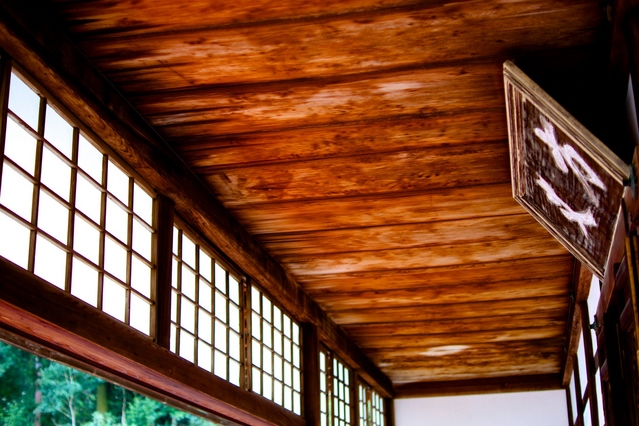
9. Ichijo Modoribashi
Ichijo Modoribashi is a concrete bridge which is located on Ichijo street in Kyoto. It is built over the Hori-kawa, a famous river running through the center of the city from north to south. Although it has been rebuilt several times since its first construction in the Heian period (794-1185), it has never been moved to another place. The current one was completed in 1995, and the miniature model of the bridge made from the remainder of the previous bridge is displayed at Seimei shrine nearby.
While attracting many visitors as a popular cherry blossom viewing spot in spring, it is also famous for a legendary story. During the Heian period, a coffin of famous scholar “Miyoshi no Kiyoyuki” (三善清行) heading for the cemetery, was carried over the bridge. When one of his three sons cried over the coffin, his father came back to life for a moment all of sudden! “Modori” literally means “Return”, which indicates that the bridge is believed to connect the world to another one.

10. Sarugatsuji (Monkey Corner)
Kyoto Gyoen (also known as “Kyoto Imperial Palace”) is one of the most popular tourist attractions in Kyoto. It is a previous residence for the imperial family which was used until the beginning of the Meiji period in 1869. Majestic buildings and traditional Japanese gardens fascinate visitors from all over the world.
Sarugatsuji refers to the northeast corner of the palace which has a unique structure. This direction was once considered unlucky according to Onmyo-do (陰陽道), a traditional Japanese religious cosmology which hold an influential power during the Heian period. They removed the corner of the building so that bad lacks and demons could not enter inside. They also placed a statue of a monkey as a guardian which was believed to drive away demons. Even today, you can see the monkey resting under the roof of the building!
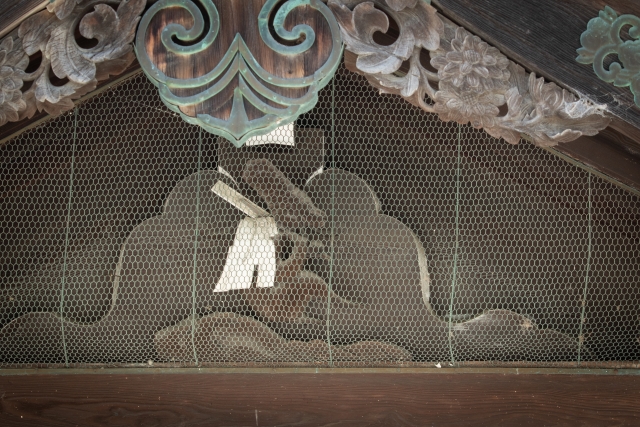
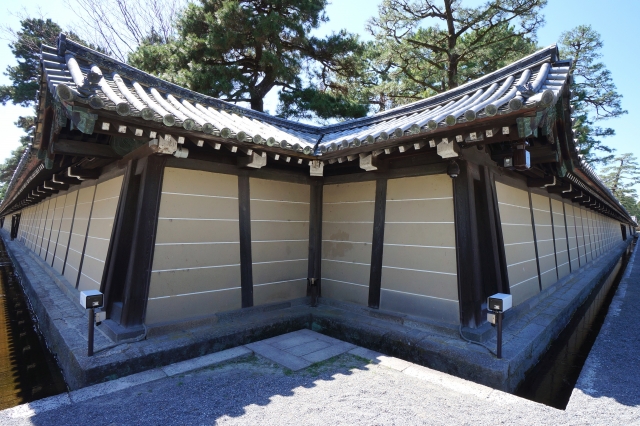
11. Daishogun Shrine (forest of Nue)
“Nue” is a legendary monster that can be found in Japanese old folklore. It is said to have the face of a monkey, body of a racoon dog, and legs similar to a tiger. The visual appearance is described differently depending on the historical records. Daishogun Shrine is known for the famous story about the horrible monster which appeared in a forest at the shrine ground back in the Heian period. Terrified by the scary monster, the Emperor Konoe told Minamotono Yorimasa, a powerful warrior to kill it and take back peaceful days for people in Kyoto. The shrine is relatively small and hardly can be found in guide books, but it still remains a sacred atmosphere with an 800-years old iconic ginkgo tree standing silently behind the main hall!
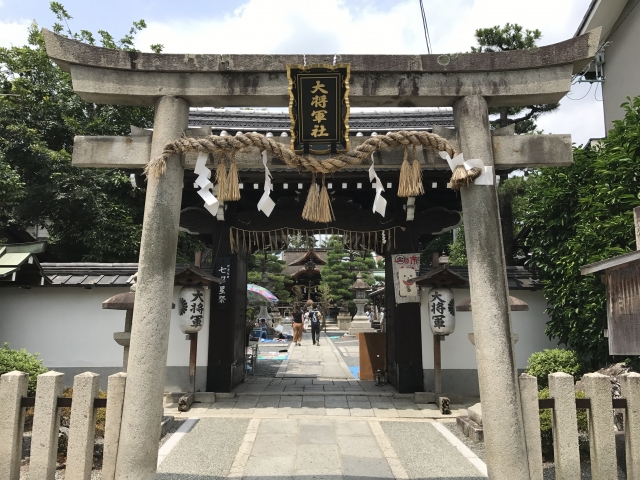
Japan Wonder Travel Tours in Kyoto
When you are visiting Kyoto and you need some help organizing your trip, you came to the right place. We’re happy to help you make your trip to Kyoto the best trip ever. We can advise you on where to go or even better, show you around with a local, English speaking guide. Let us help you create safe, comfortable, and unforgettable memories in Kyoto!
▶Kyoto 8h Private Custom Highlight Tour with Licensed Guide
On this full-day private tour of Kyoto, you will be able to see the highlights of Kyoto in just one day and at the same time develop a deeper understanding of both the culture of the area and Japan as a whole.
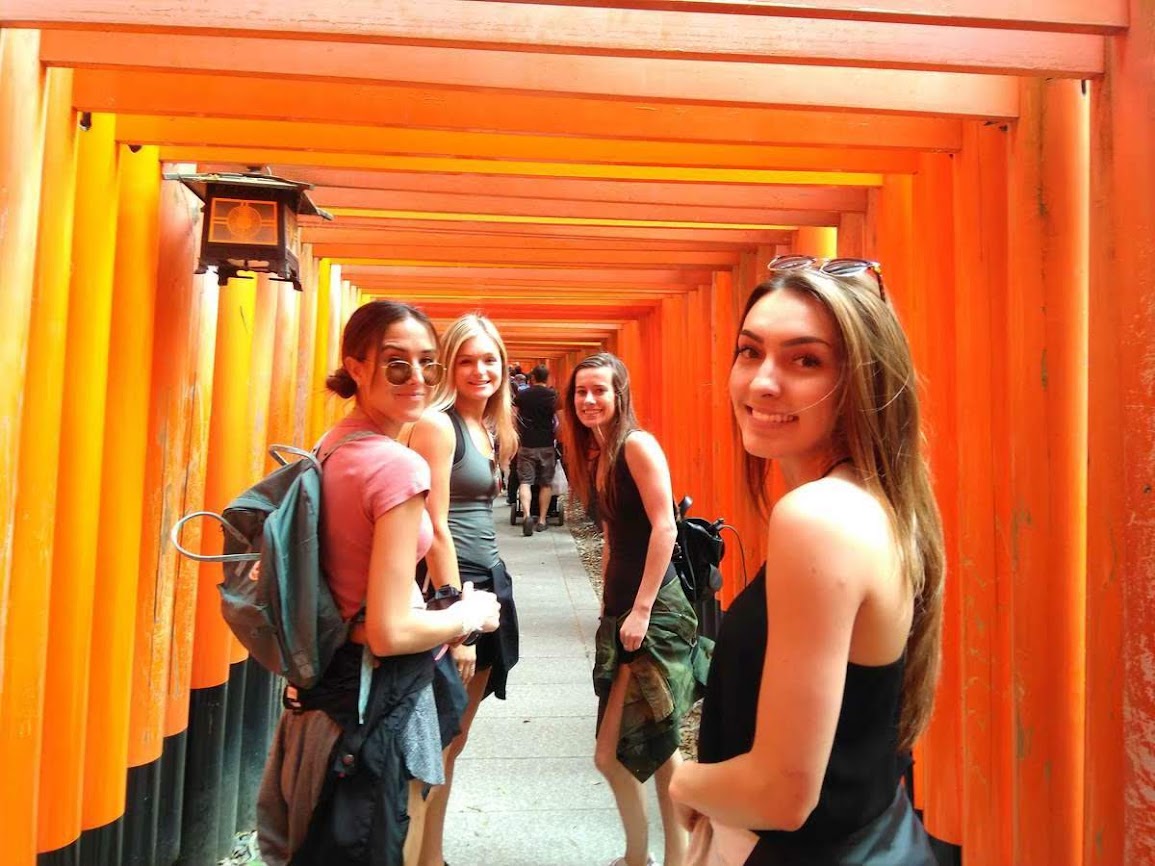
▶Meet a Geisha in Kyoto: Guided Walk in Gion and Enchanted Time with Maiko
Meet a Maiko, a geisha in Kyoto, and enjoy a walking tour in Gion, the geisha district. See an authentic Japanese tradition unfold before your eyes that has existed for hundreds of years. You’ll have chance to take a photo with Geisha!

▶Explore Nishiki Market: Food & Culture Walk
If you’re looking to learn more about the culture and the local cuisine of Kyoto, this is the perfect tour for you! Take part in this Kyoto food and drink tour and explore the 400-year-old market and the famous surrounding areas.
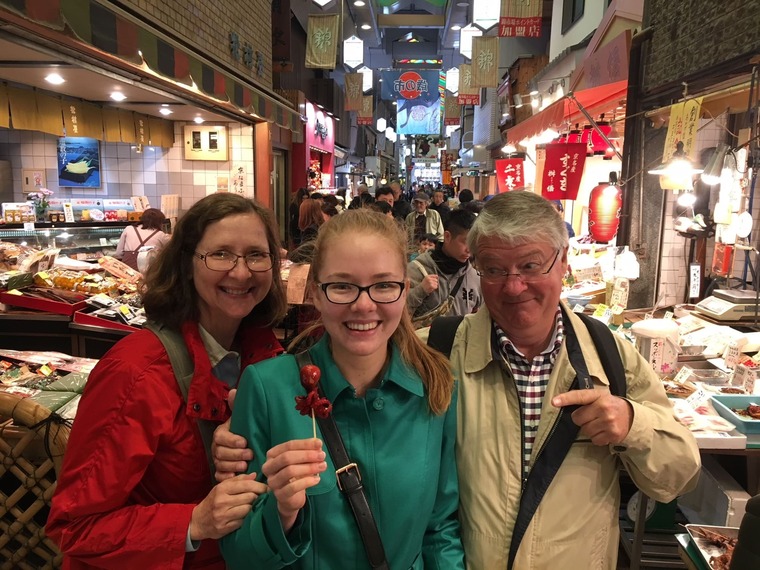
▶Kimono Experience
Kyoto is the best city to explore in kimono, Japanese traditional clothing. You can choose the one you like the most from several patterns and colors at the rental shop. In Kyoto, two locations are both accessible from the main tourist attractions which makes it easy to try it on and explore the city for a day!
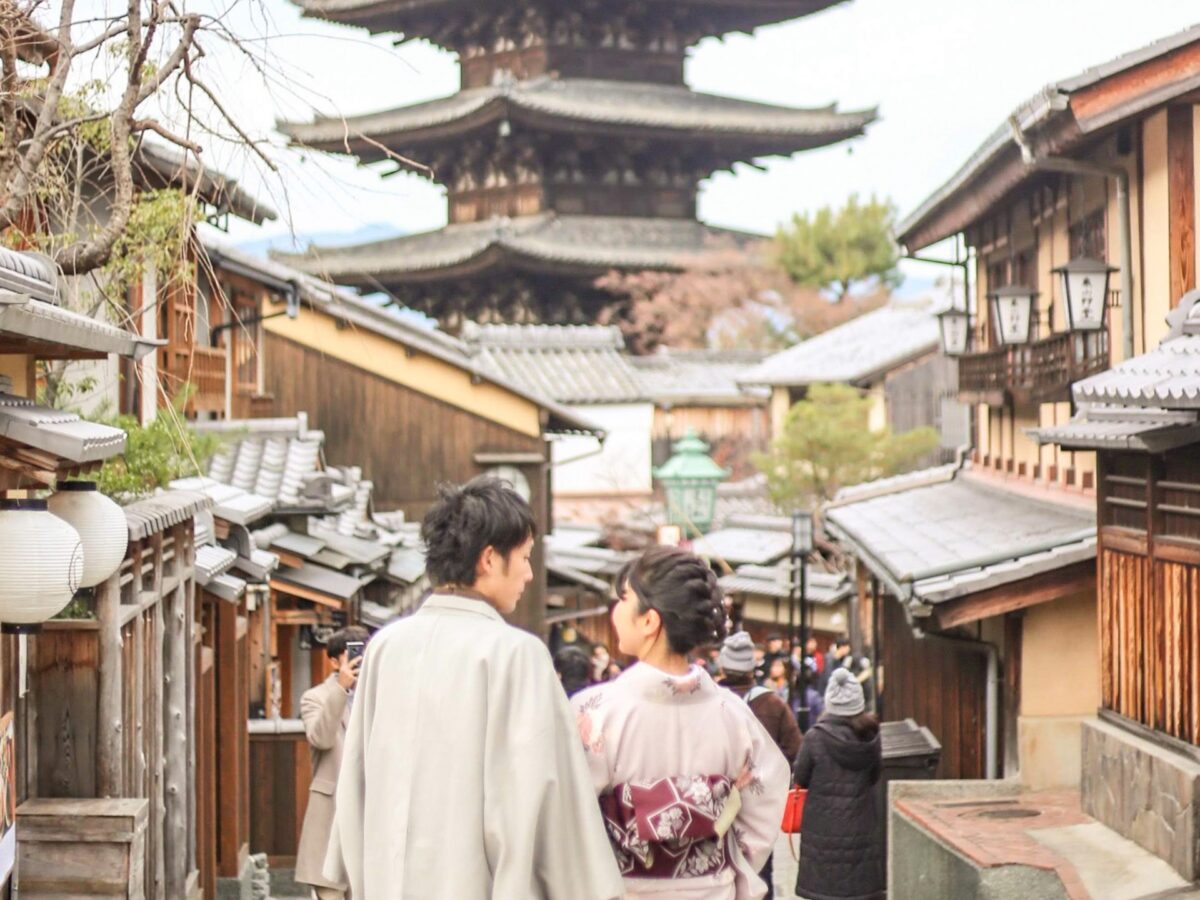
Some of the mysterious spots we introduced above might sound unfamiliar to you as they are not focused or featured in guidebooks very much compared to other popular sightseeing spots. You can easily fill up your itinerary with popular scenic spots and world-famous historical sites, but why don’t you spend some of your time visiting those not well-known spots? It will allow you to understand the historical city more deeply through exploring the intriguing spots!
Follow us on Instagram, Facebook and Twitter for more travel inspiration. Or tag us to get featured!
Happy travelling!
Stay informed of the best travel tips to Japan, the most exciting things to do and see, and the top experiences to have with the Japan Wonder Travel Newsletter. Every week we will introduce you to our latest content.
Other articles you might like


